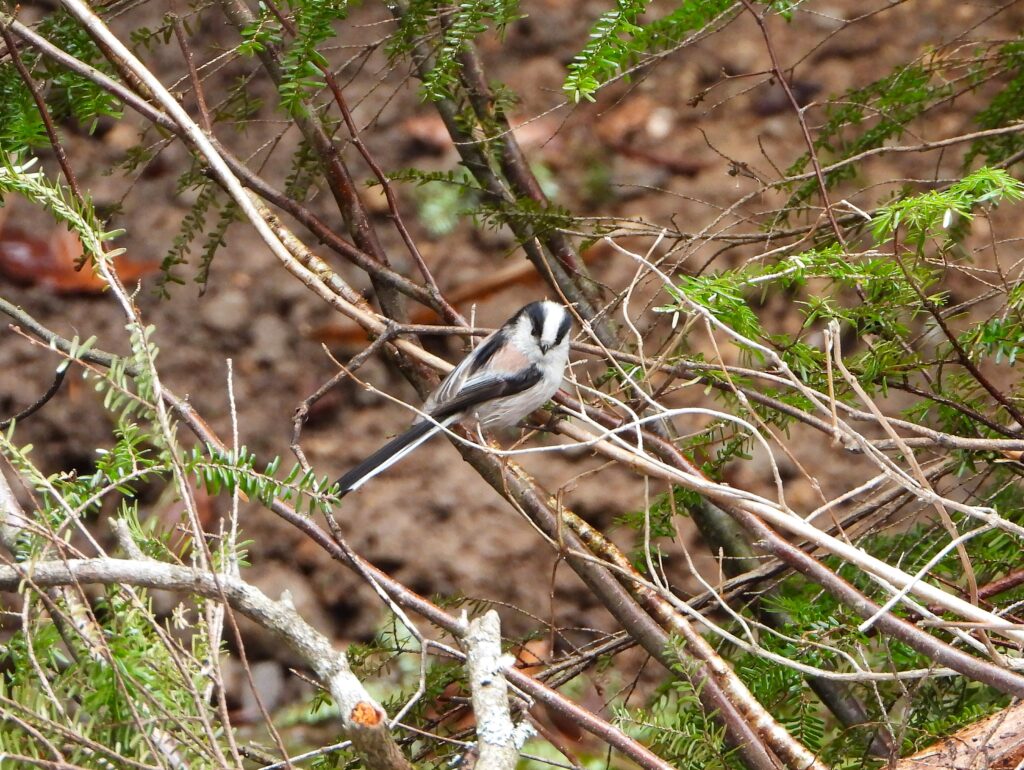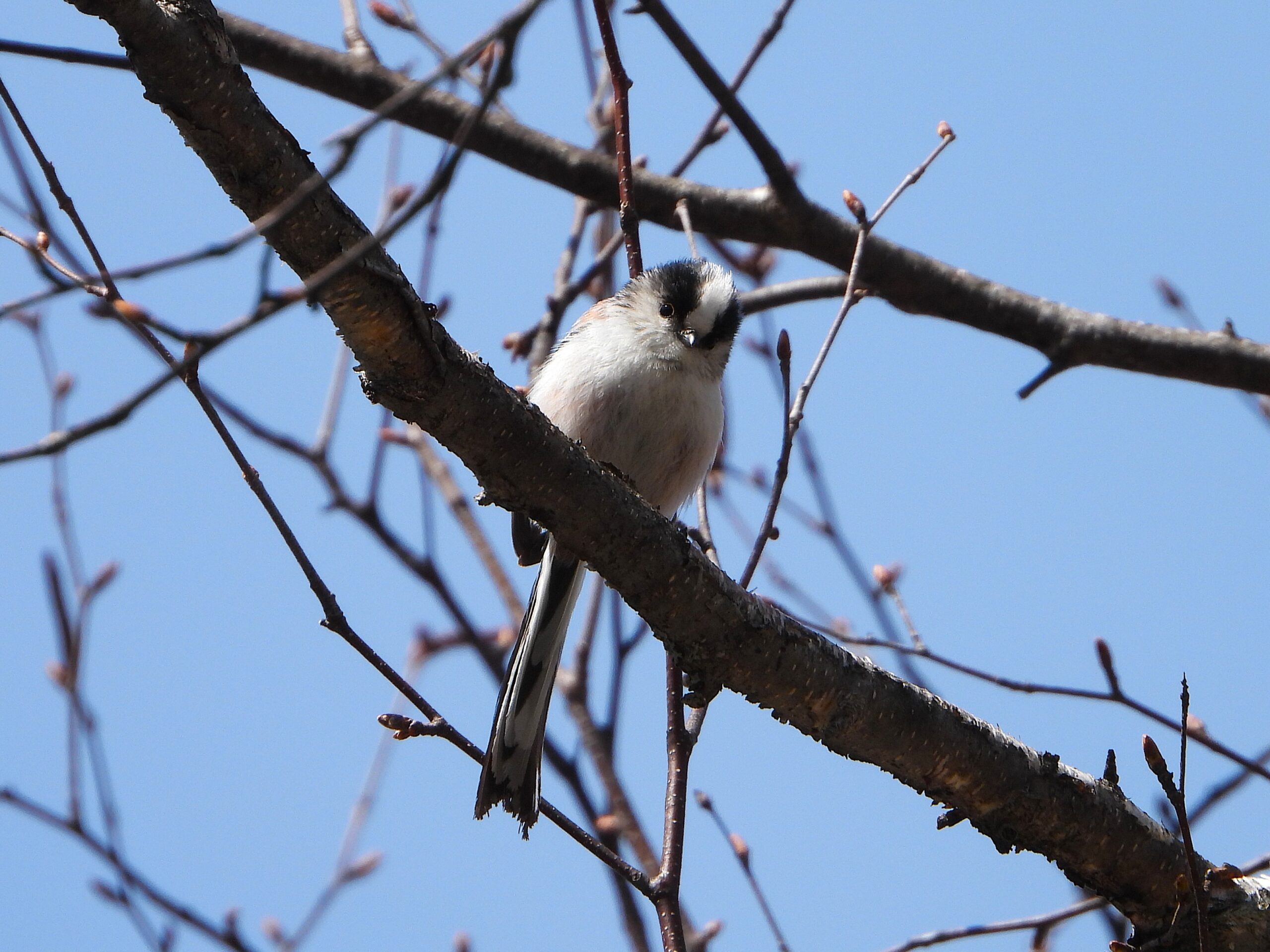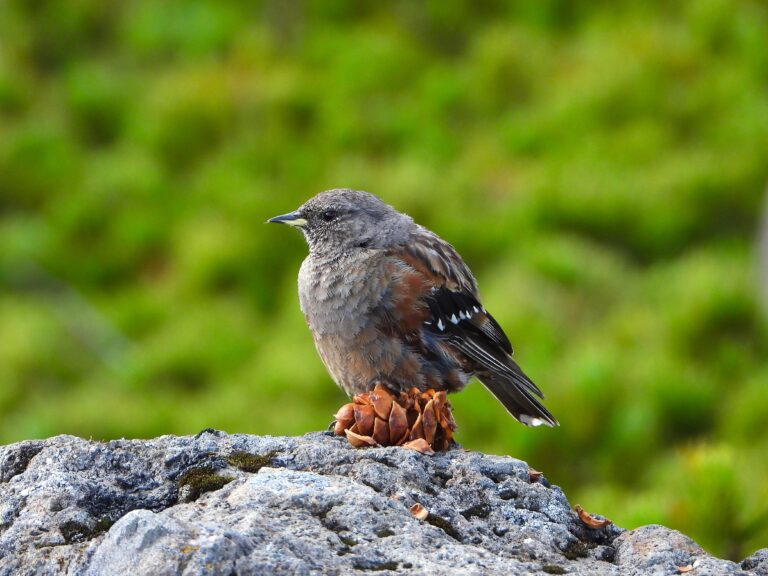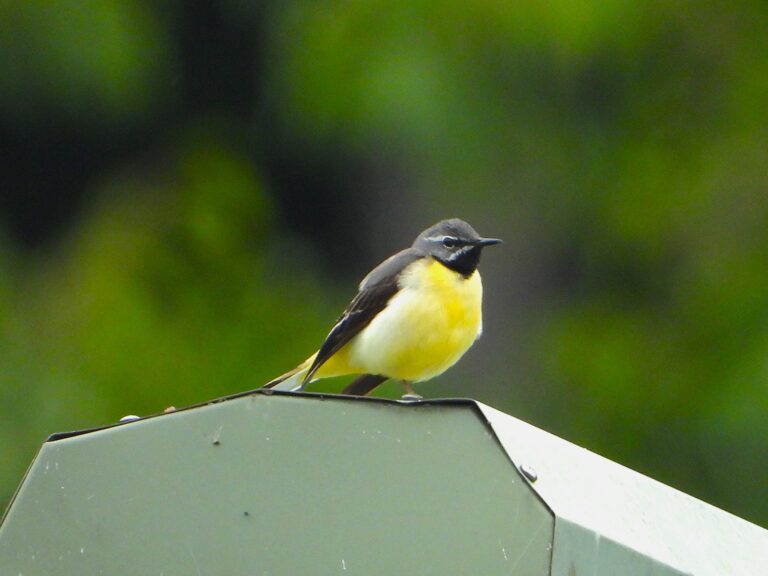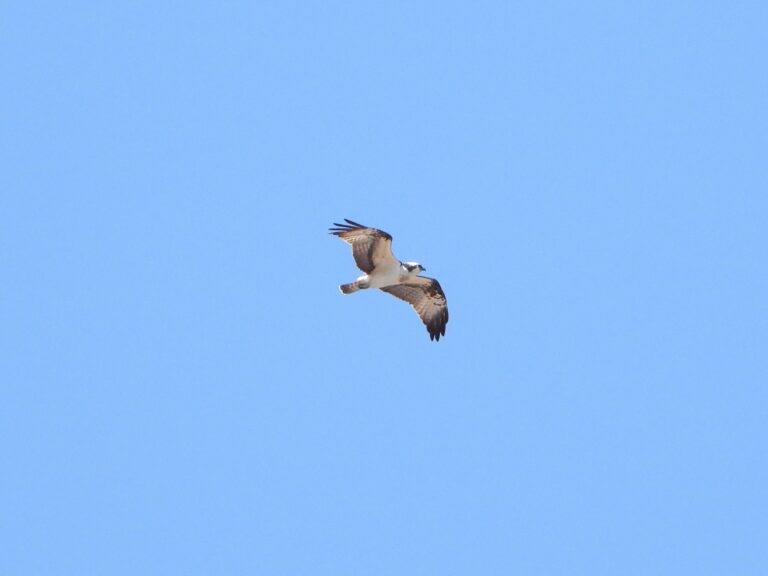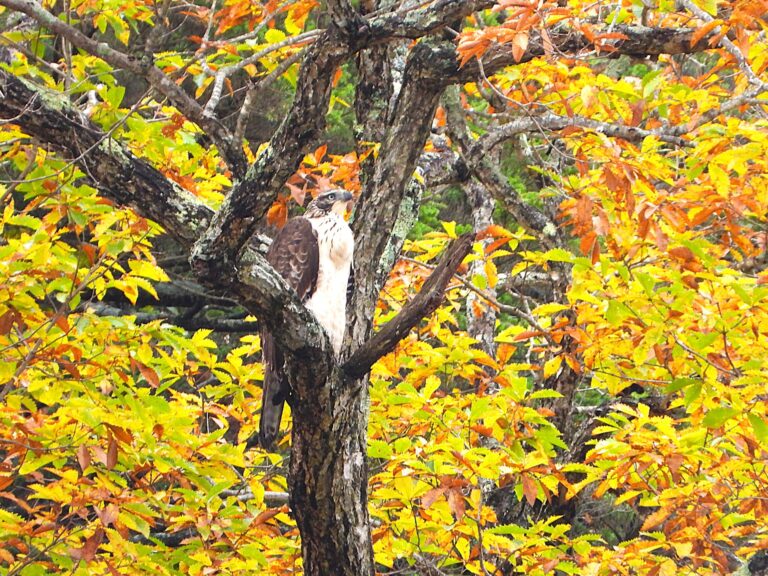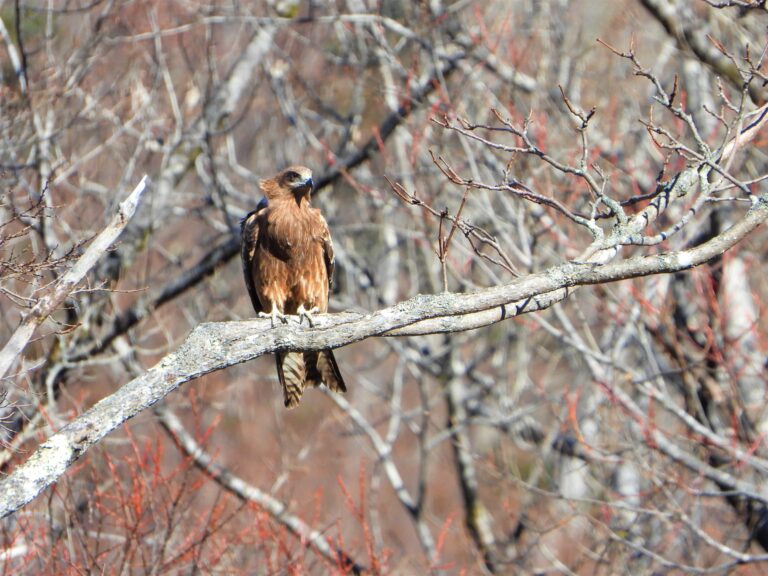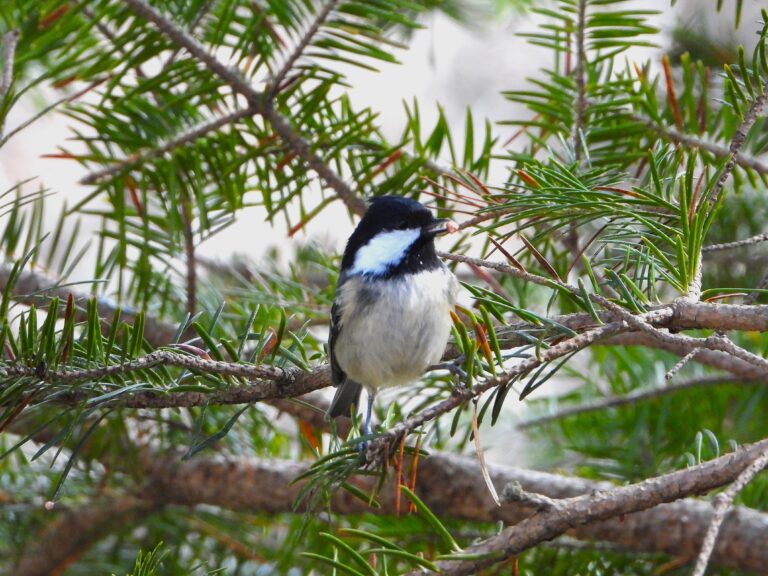Long-tailed Tit (Aegithalos caudatus) – Wildlife of Japan
Introduction
The Long-tailed Tit is a tiny, round-bodied songbird with a tail longer than its body. It lives year-round across Japan’s main islands. Flocks move together, calling constantly, and you usually hear them before spotting them. Mainland birds show bold dark “eyebrows,” while Hokkaido’s famous Shima-enaga has a pure white face.
Taxonomy & Names
Family Aegithalidae; genus Aegithalos. In Japan, subspecies include A. c. trivirgatus on Honshu, A. c. kiusiuensis on Shikoku–Kyushu, and the white-faced Shima-enaga in Hokkaido (often listed as A. c. japonicus). Authorities differ on details, but the key split is clear: white face in Hokkaido vs. dark supercilium on the mainland.
Appearance (Quick ID)
This bird measures about 13–15 cm, most of it tail. It has a short bill, a long narrow tail, and black-and-white upperparts with pinkish flanks. Mainland birds show a dark supercilium, while Shima-enaga adults show a plain white face. Flocks give thin, high calls while foraging.
Habitat & Distribution (Japan)
The species lives from Hokkaido through Honshu, Shikoku, and Kyushu, but not the Ryukyus. It prefers deciduous or mixed woodland with shrubs, riparian woods, hedgerows, and tree-rich parks and gardens.
Where to See in Japan
You can often find them in city and suburban parks with mature trees. In winter, family groups roam through shrubs and woodland edges. In Hokkaido, Shima-enaga attracts photographers in lowland forests and parks.
Behavior
Long-tailed Tits behave socially outside the breeding season, moving in close-knit family flocks that keep in contact with constant calls. In cold weather, they huddle together to conserve heat. They also practice cooperative breeding, with failed breeders helping relatives feed nestlings.
Diet
They feed mainly on insects and other small invertebrates such as caterpillars and eggs. In autumn and winter, they also take some plant matter.
Reproduction
Breeding starts in March. Both sexes build a domed, elastic nest of moss and spider silk, decorated with lichen and lined with feathers. A clutch usually holds many eggs for such a small passerine. Incubation lasts about 12–18 days, and chicks leave the nest after 14–18 days.
Conservation
The Long-tailed Tit holds a status of Least Concern on the IUCN Red List. Populations stay stable overall, though severe winters sometimes reduce local numbers.
Observation Tips
• Listen for high, thin “see-see” calls to locate flocks.
• In winter, watch shrubs along woodland edges, where groups move methodically and may return to the same circuit.
• For Shima-enaga photography, visit Hokkaido on calm snowy mornings; birds often pause on exposed twigs.
Author’s Impression
These birds always bring life to a quiet wood—flashes of tails and whispers of calls before vanishing again. The white-faced Shima-enaga looks almost unreal in winter light, while mainland birds show striking contrast against mossy backgrounds. Meeting them is not difficult, but photographing them is a real challenge since they never stop moving.
